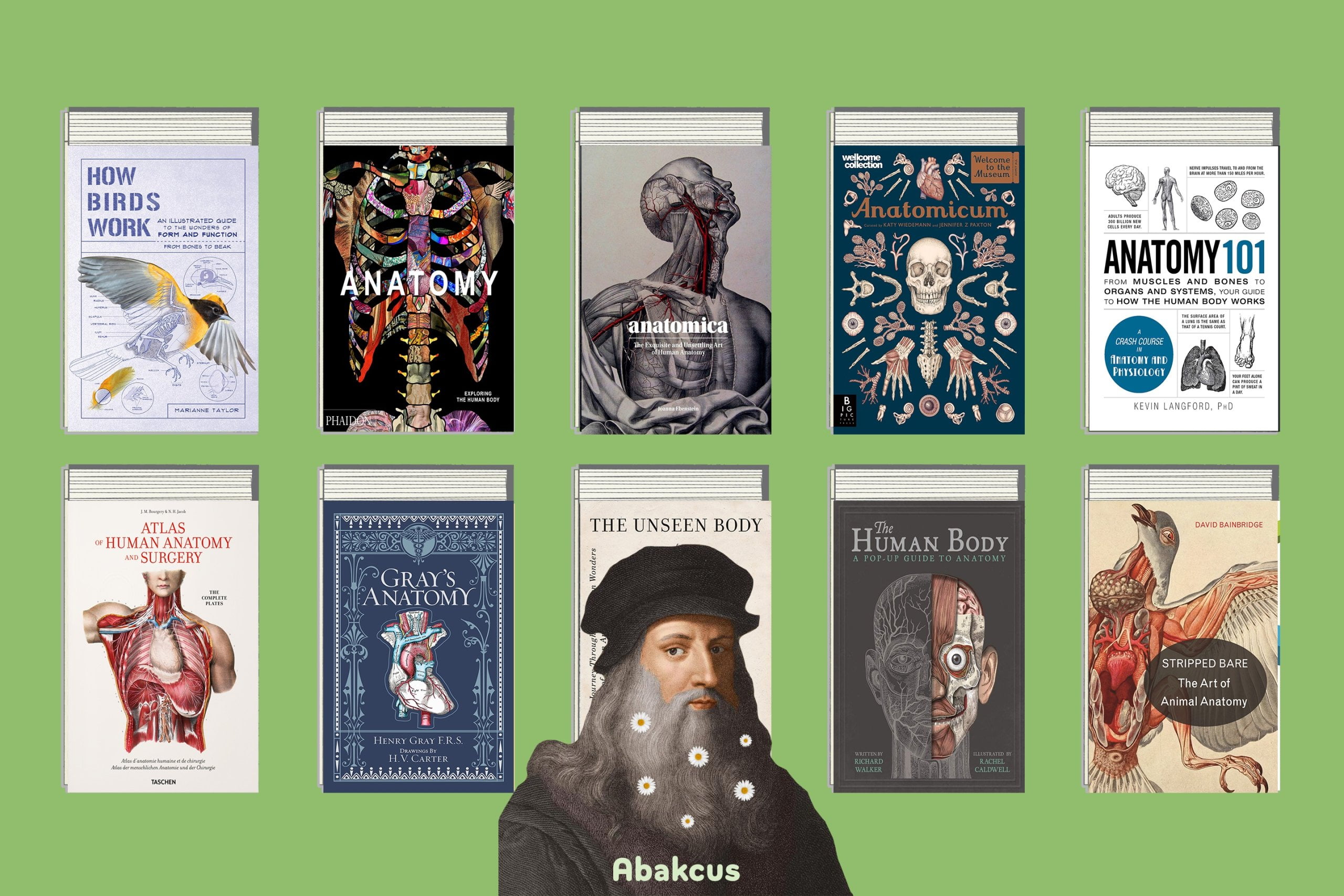Anatomy: Exploring the Wonders and Complexities Within Us
– Anatomy is the study of the structure and identification of organisms’ bodies and their different sections.
– Gross anatomy is a subdivision of anatomy that deals with the study of anatomy visible to the naked eye on a macroscopic level.
– Microscopic anatomy is the study of the structure of organisms at a microscopic level.
– Histology studies how cells develop into tissues, organs, and organ systems.
– Embryology focuses on studying the embryo and its development.
– Developmental anatomy examines the changes in the body from fertilization to adulthood.
– Radiographic anatomy uses X-rays to observe the body’s systems and organs.
– Pathological anatomy analyzes samples from bodily fluids, tissues, and organs to diagnose and treat diseases.
– Human anatomy is organized through cells that come together to form tissues, organs, and organ systems.
– The 4 main types of tissues in the human body are epithelial, muscle, connective, and nervous.
– There are a total of 11 organ systems in the human body.
– Anatomical nomenclature is the Latin-based terminology used to describe the position and location of body parts.
– Anatomical planes, such as coronal, axial, sagittal, median, and parasagittal, are hypothetical planes used to describe the location of bodily structures.
– Comparative anatomy compares similar body structures in different animal species to understand evolutionary changes.
– Marcello Malpighi discovered the system of tiny capillaries.
– Robert Hooke observed compartments in plants called “cells.”
– Antonie van Leeuwenhoek observed muscle fibers and spermatozoa using microscopes.
– The cell was recognized as the fundamental unit of organization in all living things.
– Technical advancements in the compound microscope, such as achromatic lenses, improved its resolving power.
– Microtomes were developed to study tissue specimens under the light microscope.
– Synthetic dyes were used to stain tissues different colors, enhancing the detail visible in thin sections.
– Cytology is the study of cells, and histology is the study of tissue organization.
– Electron microscopes became the prime tool for anatomical research in the 1950s.
– X-ray diffraction was used to study the structures of molecules in living things, leading to the development of molecular anatomy.
– Anatomical names for parts of the human body are usually in Latin.
– The German Anatomical Society standardized anatomical nomenclature in 1887, resulting in the Terminologia Anatomica.
– The Terminologia Anatomica includes about 7,500 terms and was made available online in 2011.
